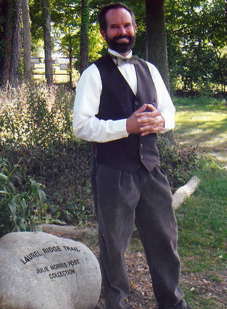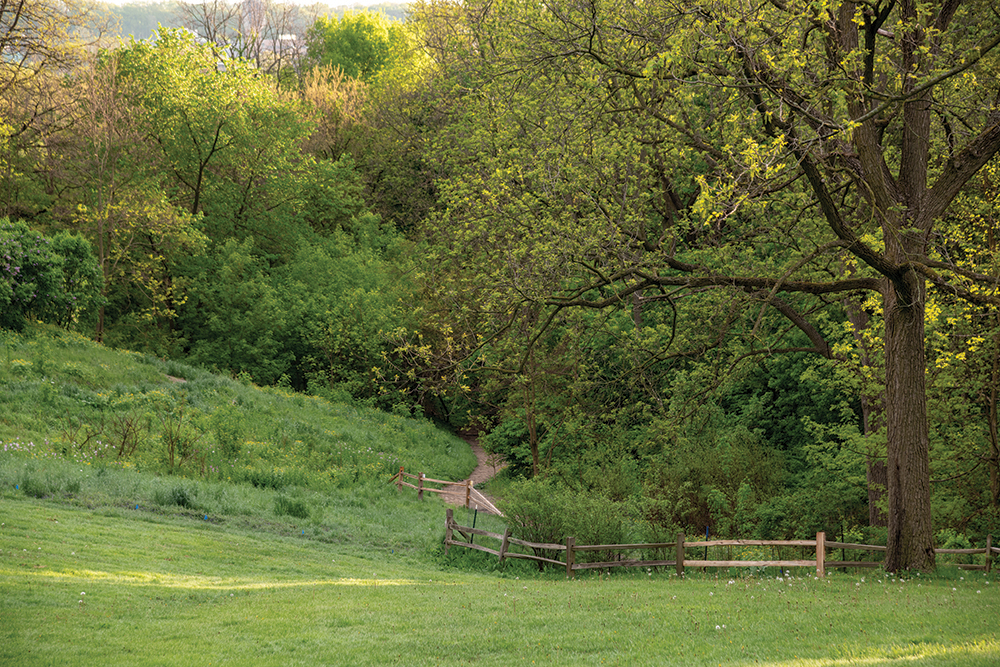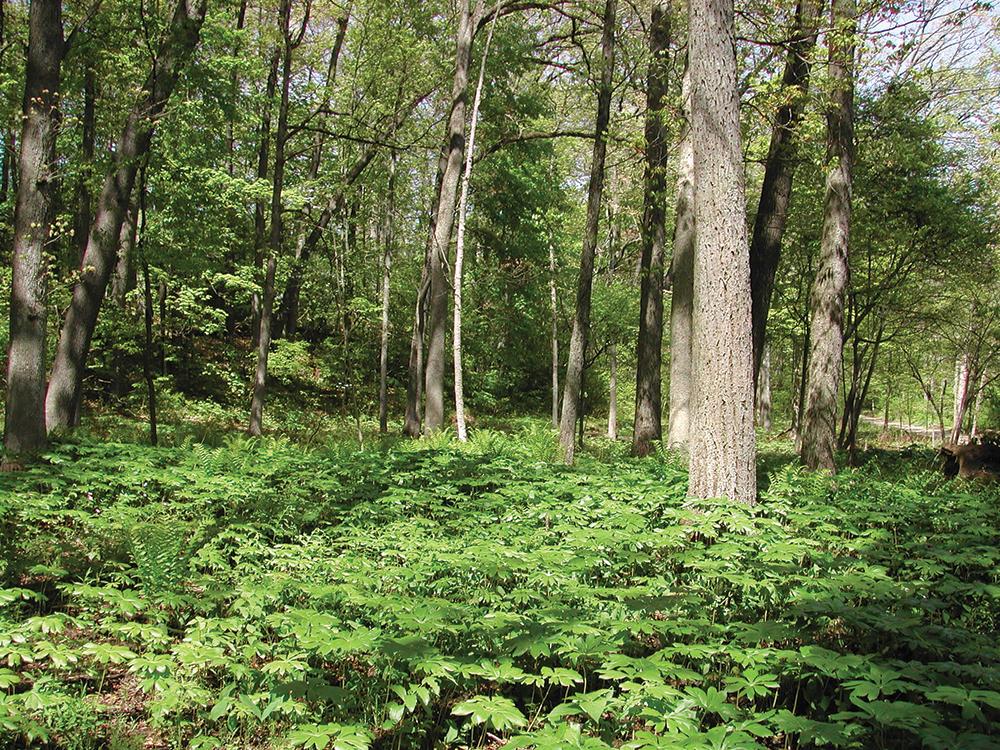Robert E. Grese, Ann Arbor, Michigan (2010)

Bob Grese might have embarked on a career in forestry were it not for a professor in his second year of college. “He told me about a profession I had never heard of—landscape architecture,” says Grese, who has been teaching in the field for twenty-five years, most of them at the University of Michigan, where he also directs the Nichols Arboretum (designed by O. C. Simonds, 1855–1931) and Matthaei Botanical Gardens. Students look forward to his annual prescribed burns to manage the arboretum’s restored prairie by rejuvenating native grasses and discouraging invasive plants. Just as the burns—and the related ecological restoration of the arboretum’s original prairie/oak savanna—have raised awareness about native plants, his landscape preservation projects, most recently restoring the arboretum’s Peony Garden, have educated visitors about the importance of past designed landscapes. Farther afield, Grese (pronounced “GRAY-see”) is the recognized authority on landscape architect Jens Jensen (1860–1951), the subject of his 1998 book, Jens Jensen, Maker of Natural Parks and Gardens. He also penned the introduction to the LALH reprint of O. C. Simonds’s Landscape-Gardening (1920), and he is the editor of the anthology, The Native Landscape Reader, which features articles by landscape architects of the past who practiced naturalistic design and emphasized native plants.
The two main strands of Grese’s current work—historic landscape preservation and ecological landscape design—originated in his youth in the bucolic countryside around Chattanooga and Memphis, Tennessee. The mountains that ringed Chattanooga defined a strong sense of place, underscored by reminders of Civil War history in both city and countryside. His father, a minister and a Civil War buff, took his family to visit battlefields dotting the surrounding mountains. “He organized Easter sunrise services at a site commemorating the battle on Missionary Ridge. His way of recognizing significant events in an outdoor setting impressed me with a deep sense of history and landscape.”
Memphis, too, was drenched in history. “Downtown, there is an old city square with a fountain, where an itinerant preacher shouted at passersby to repent. And farmers still brought in bales of cotton to the old cotton exchange nearby,” he says. He also relished exploring an old plant nursery of “gigantic pecan trees” near his family’s house and bicycling into the countryside to photograph the farm fields skirting the city. In high school he fed his visual imagination with literature steeped in a sense of place—Eudora Welty, Flannery O’Connor, Harper Lee, William Faulkner. Later, as a landscape architecture student at the University of Georgia, he felt drawn to projects that “made connections between a site’s natural and human history.”

Working on a park in St. Louis brought out the other major strand of Grese’s interests—ecological restoration—and prompted him to attend graduate school at the University of Wisconsin, Madison. His professors included Darrel Morrison (now an LALH trustee), Evelyn Howell, Arne Alanen (a contributor to the LALH Warren Manning Research Project), and William Tishler (who wrote the introduction to the LALH reprint of Robert Morris Copeland’s 1859 Country Life)—“all important mentors for me,” he says. Today, Grese is so identified with ecological restoration in his region that the Ann Arbor chapter of the Milwaukee-based organization called Wild Ones, which advocates restoring native plants, named an award after him. He received the first Bob Grese Deep Roots Award in 2003.

In 2006, after he helped students establish a special project, the university recognized him as Michigan Leadership Advisor of the Year. He has also helped to preserve significant Jensen- and Simonds-designed landscapes, which he says has informed his role as a designer. “Designers need to consider how their landscape will be managed in the long term. . . . Strong ideas will last longer if people understand them.”
—Jane Roy Brown, former LALH Director of Educational Outreach.
Related LALH books: The Native Landscape Reader; Country Life; A Genius for Place: American Landscapes of the Country Place Era; and Landscape-Gardening